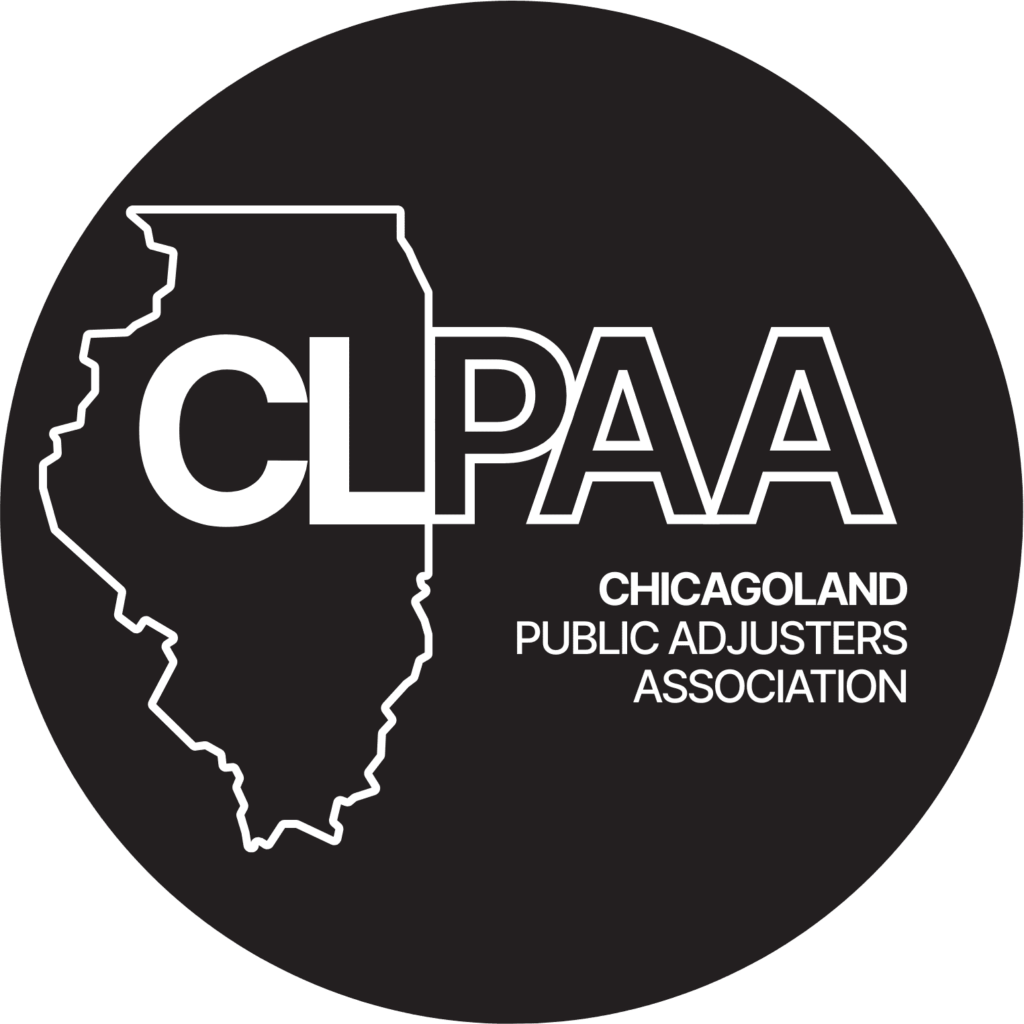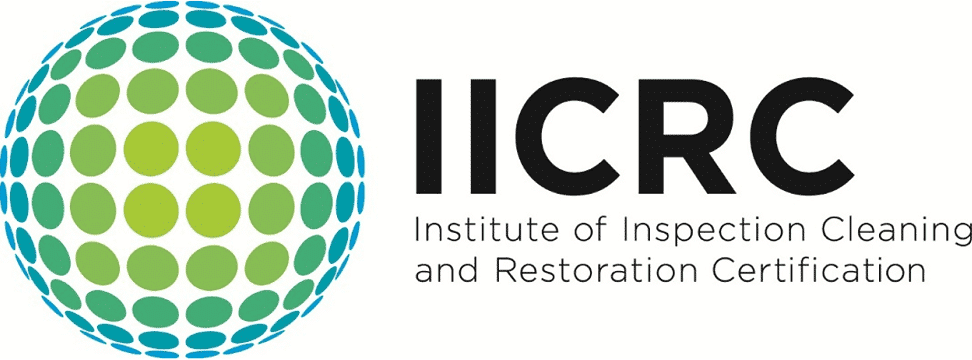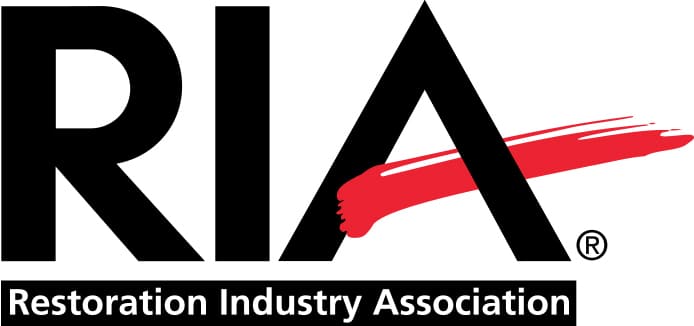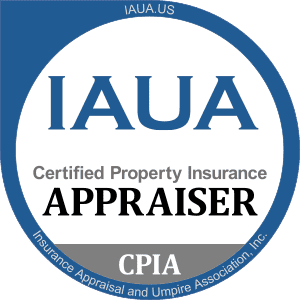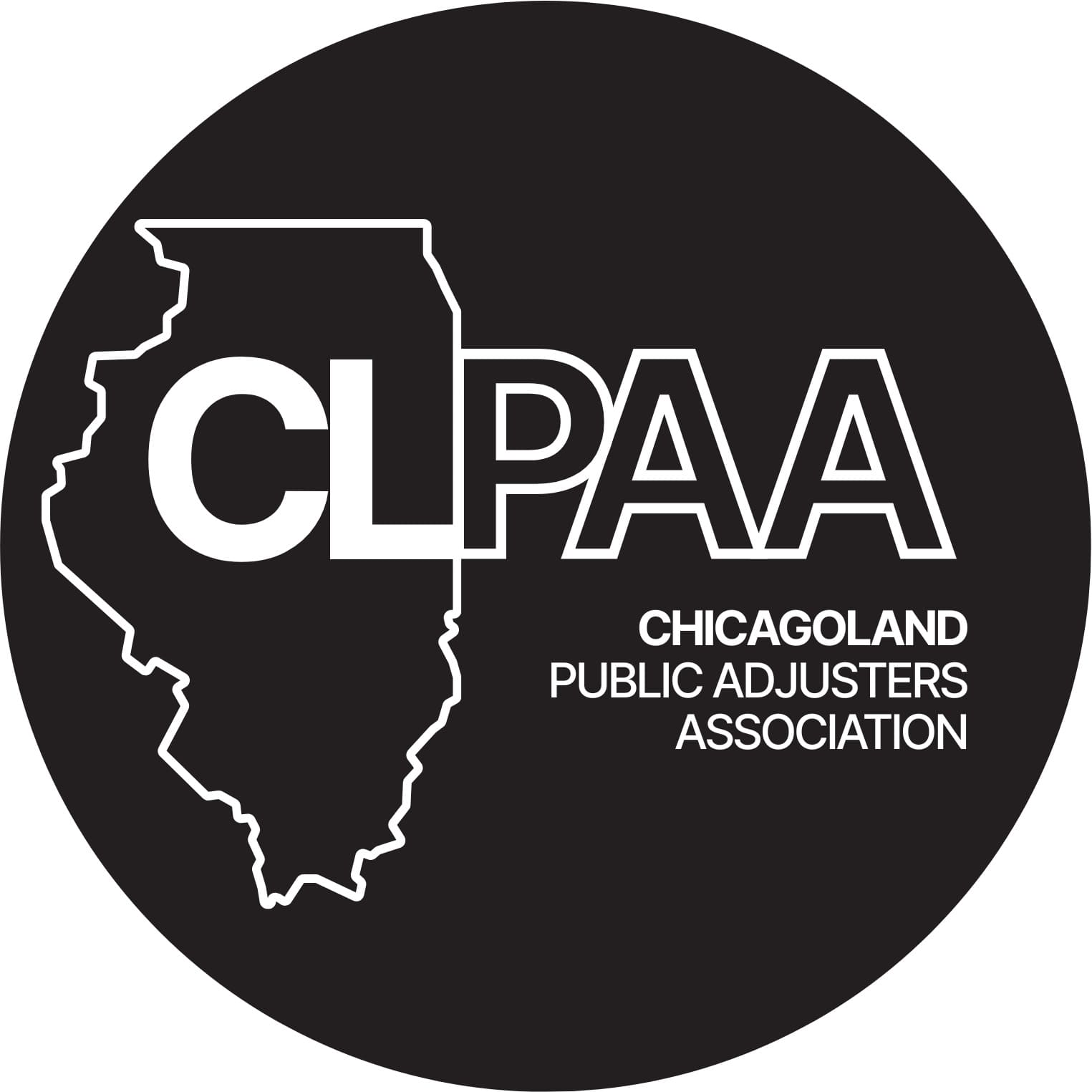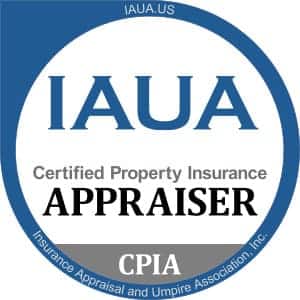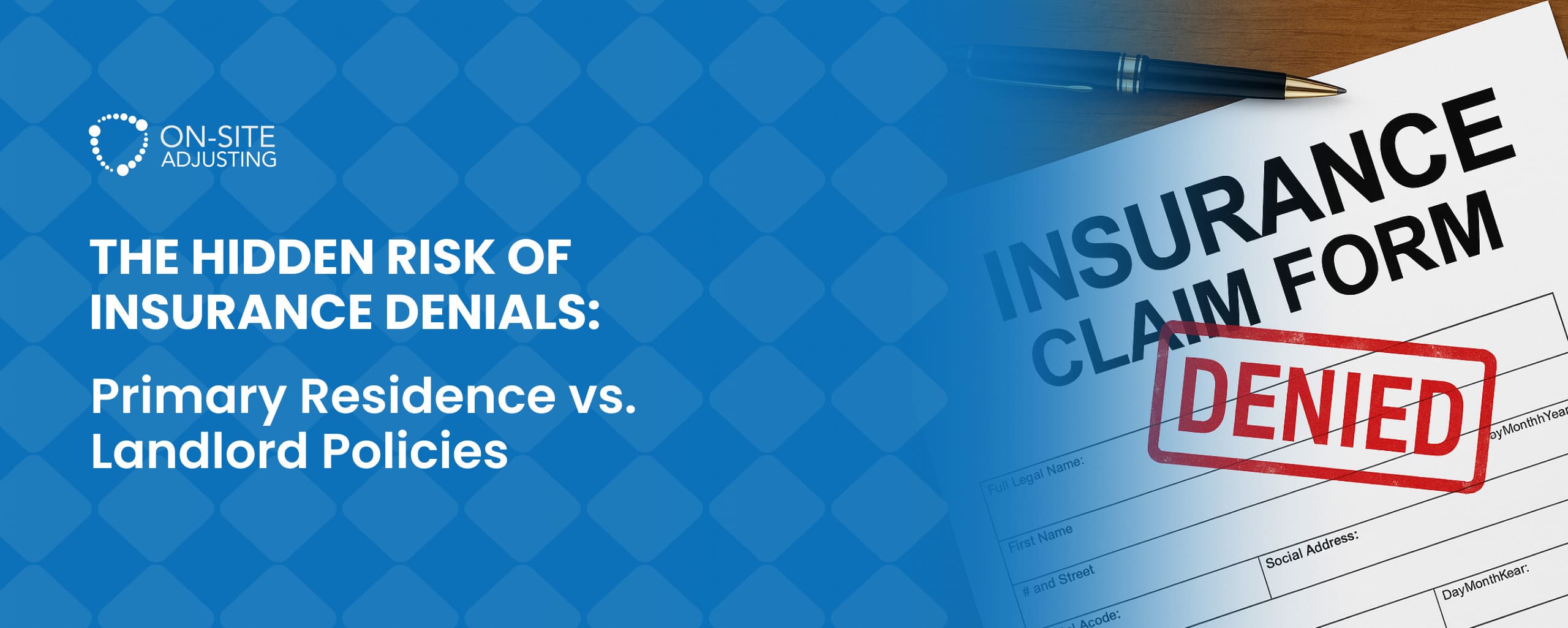
When a family buys their first home, it is usually insured as a primary residence – that is, as a home the owner lives in. Over time, however, the family may move, and the old home may be rented out. This is where the problem arises: if the policy is not updated, the insurance company can deny claims even in cases of serious damage.
Why does this happen, what are the differences between policies, and how can home and business public adjusters help secure a payout? On-Site Adjusting explains everything below.
Why Insurance Companies Deny These Claims
Insurers view a change in the property’s status as grounds for denial. For example, if a home originally insured as a primary residence becomes a rental property or a vacant home. In such cases, the owner must switch to a policy designed for rental properties. Few people are aware of this technical detail.
This works in the insurer’s favor, as they have the right to deny coverage. Since if the owner stops residing in the house, does not notify the insurer about it, and does not switch to a landlord policy (DP-3), the insurer has the right to declare the current homeowner policy (HO-3/HO-5) invalid due to violation of its terms. This is not considered fraud, but it is a valid reason for denial, even if the damage is typical.
Feeling stuck with your claim? You don’t have to fight alone.
Reach out to us — we will review your claim for free and help you understand your options
Key Differences Between Homeowners and Landlord Policies
Since insurance companies often use policy type as a reason to deny claims, it is important to understand the differences between homeowners and landlord policies.
| Type | Intended for an owner who… | Policy provides coverage for… |
|---|---|---|
| Homeowner policy | Owner-occupied home |
|
| Landlord policy | Rental property |
|
Coverage A exists in both policy types, but:
- for a homeowner policy, it does not apply if the home is no longer a primary residence.
- for a landlord policy it applies if the home is rented or unoccupied by the owner.
Both policies include dwelling protection. Therefore, a denial due to a change in occupancy status often appears as an attempt to avoid responsibility.

The Real Risk — Full Denial of Coverage
“This is not a primary residence – your policy is invalid” – is a favorite phrase of insurers. Even if fire and water damage is obvious, even if it affects the foundation or structure.
A real example from On-Site Adjusting’s practice
A client purchased a six-unit building in Chicago. Later, the client moved out without notifying their insurance company about the change in the property’s status. The building was no longer a primary residence, however, the type of insurance was not changed.
A fire occurred, causing damages exceeding $1.6 million. A payout was needed for full fire restoration Chicago. The owner filed a fire insurance claim, including damages for loss of use of property (Coverage D), but the insurance company denied compensation. The reason is a violation of the terms: the property became rental property, while the insurance continued to be in effect under the conditions of a homeowner policy, which does not correspond to the status of rented property.
The owner had to hire a first-party claims attorney. The case was prepared for court, but even after two years, it remains unresolved. This is a typical example where a technical detail — the policy type — becomes the reason for a complete loss of insurance coverage.
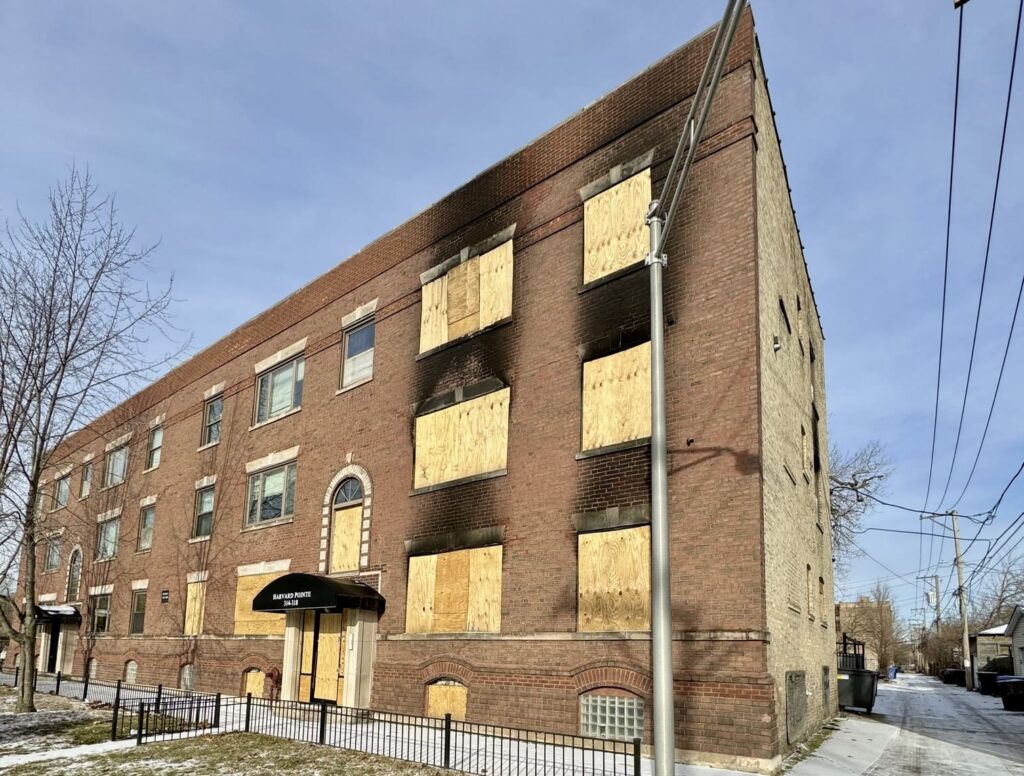
In such cases, what is needed is not just a fire damage contractor but an experienced independent public adjuster. The specialist will analyze the policy terms and document the urgent need for fire and smoke damage restoration.
It is not advisable to wait for a disaster. If you are renting out property, update your policy. If you are already facing a denial, it is time to find a public adjuster with experience in similar cases.
How an Independent Public Adjuster Can Help
When an insurance company says, “This is not covered,” local public adjusters from On-Site Adjusting do not agree. The team does not work for the insurance company; it works for the client.
- Analyzes policy terms and identifies grounds for coverage.
- Documents damages: takes photos and assesses losses.
- Prepares the proof of loss — the official package of documents for the insurance company.
- Points out policy provisions that confirm the client’s right to compensation.
- Conducts negotiations with the insurance adjuster to the very end.
On-Site Adjusting is licensed to legally provide public adjusting services in California, Wisconsin, and Illinois. The company knows how to counter tactics of delay, underpayment, or denial.

When Legal Help Is Needed
Sometimes an insurance company will not compromise. In such cases, adjusters on demand prepare the case for court together with a trusted first-party claims attorney.
What this provides to the client:
- A fully documented case.
- Readiness for litigation.
- Support from an attorney who specializes specifically in insurance public claims.
The On-Site Adjusting team is not made up of attorneys, but they work closely with them. If a client’s property fire damage claim or loss of use of property claim requires legal protection, the adjusters will recommend the best attorney and hand the case over to them.
Steps for Homeowners to Avoid Policy Denials
Most insurance denials in these situations are not the result of negligence but rather a lack of awareness. To avoid being left without compensation when it is most needed, act proactively:
- Review your policy if you no longer live in the home and are renting it out.
- Update the type of insurance: switch from a homeowners policy to a landlord policy before signing a lease.
- Keep proof of the change in property status (copies of contracts, correspondence, photos, etc.).
If a claim arises, contact a residential or commercial public insurance adjuster immediately. The specialist will help build the evidence, justify coverage, and protect your interests.
Final Thoughts
The insurance company will not warn you about the risk because it is your responsibility. But if you are already facing a denial, do not face it alone. On-Site Adjusting knows how to prove the right to compensation and how to prepare a case for court if needed.
And remember: the structure portion of the claim should always be covered, as it is a common element between the two policies, regardless of who resides there.
Want a free claim review? Call the On-Site Adjusting team at (866) 861-4992 or (866) 933-0404, or fill out our contact form.
READY TO GET YOUR PROPERTY BACK TO NORMAL?
Fill in this form, and we'll get back to you shortly

